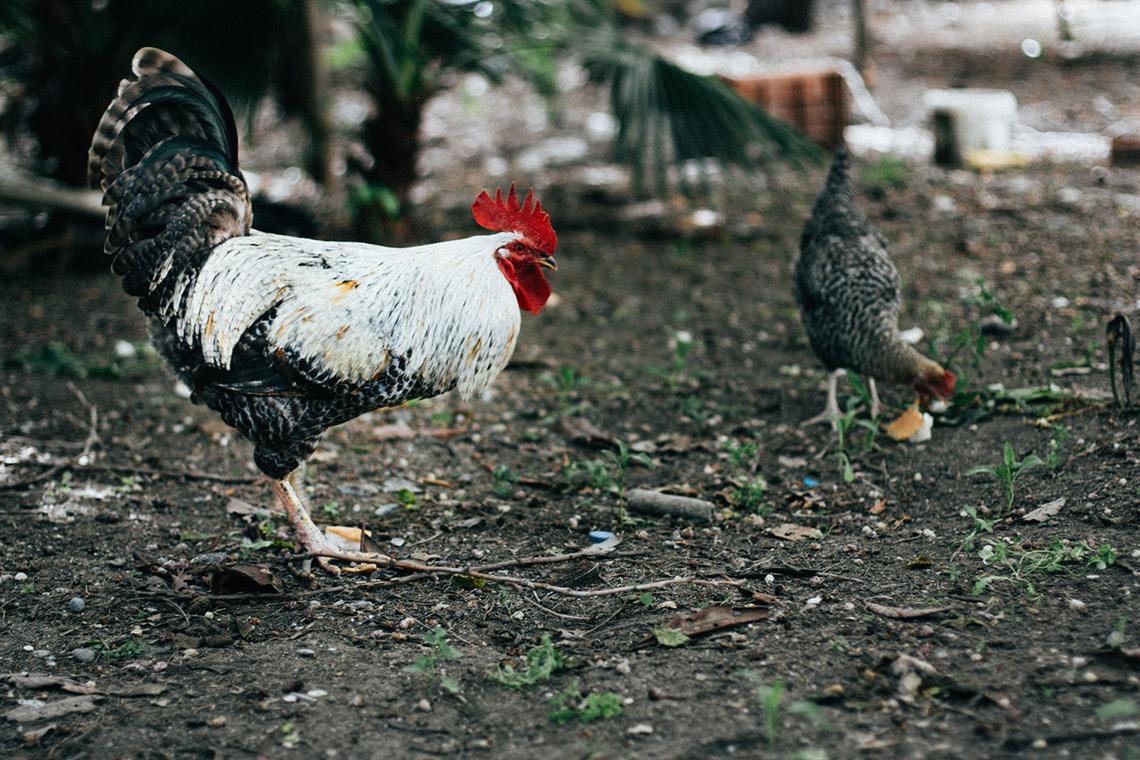Tell a Personal Story
Sustainability is a word that many people use, but few agree on exactly what it means! The origin of its current use is rooted in a basic reality: the resources of the planet are limited, and human activities today should be undertaken in a way that will not disadvantage or otherwise limit the opportunities of future generations.
Many years ago, I was a “guest” at a mining camp in a very rural part of a developing country. Our day started with a hearty breakfast, including eggs. The evening meal was varied initially, but the senior member of our group favored chicken and requested that it be served, and each night for the remainder of our stay we had a chicken dish. Our original four-day stay was extended by another three days due to some problems with the project. On our last day, our breakfast did not include any eggs, much to our dismay. At the risk of offending our hosts we politely inquired and learned that there were no eggs because there were no chickens. They had killed off the chickens to prepare the chicken dishes. This is a true story and a good example of a practice that was not sustainable!
In the example above, the instructor uses an entertaining short story to introduce the concept of sustainability. Stories in introductions can bring abstract principles to life for the learner. And because this story is a personal one, it creates a connection between the student and the instructor. Sharing a personal experience adds richness and depth and invites students to share their own stories. Bringing the principle of sustainability to life with a personal story creates relevance and engages and motivates the learner.
Considerations
Stories can be told in any number of ways including text, video, audio, slide shows, etc. If video is used, include captions and transcripts for all videos.
